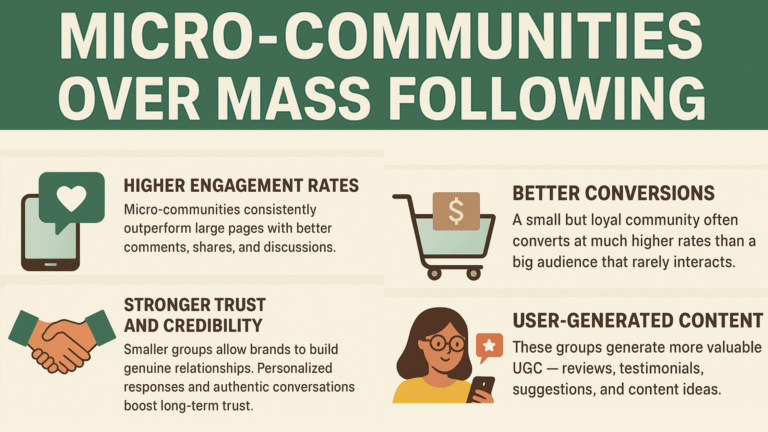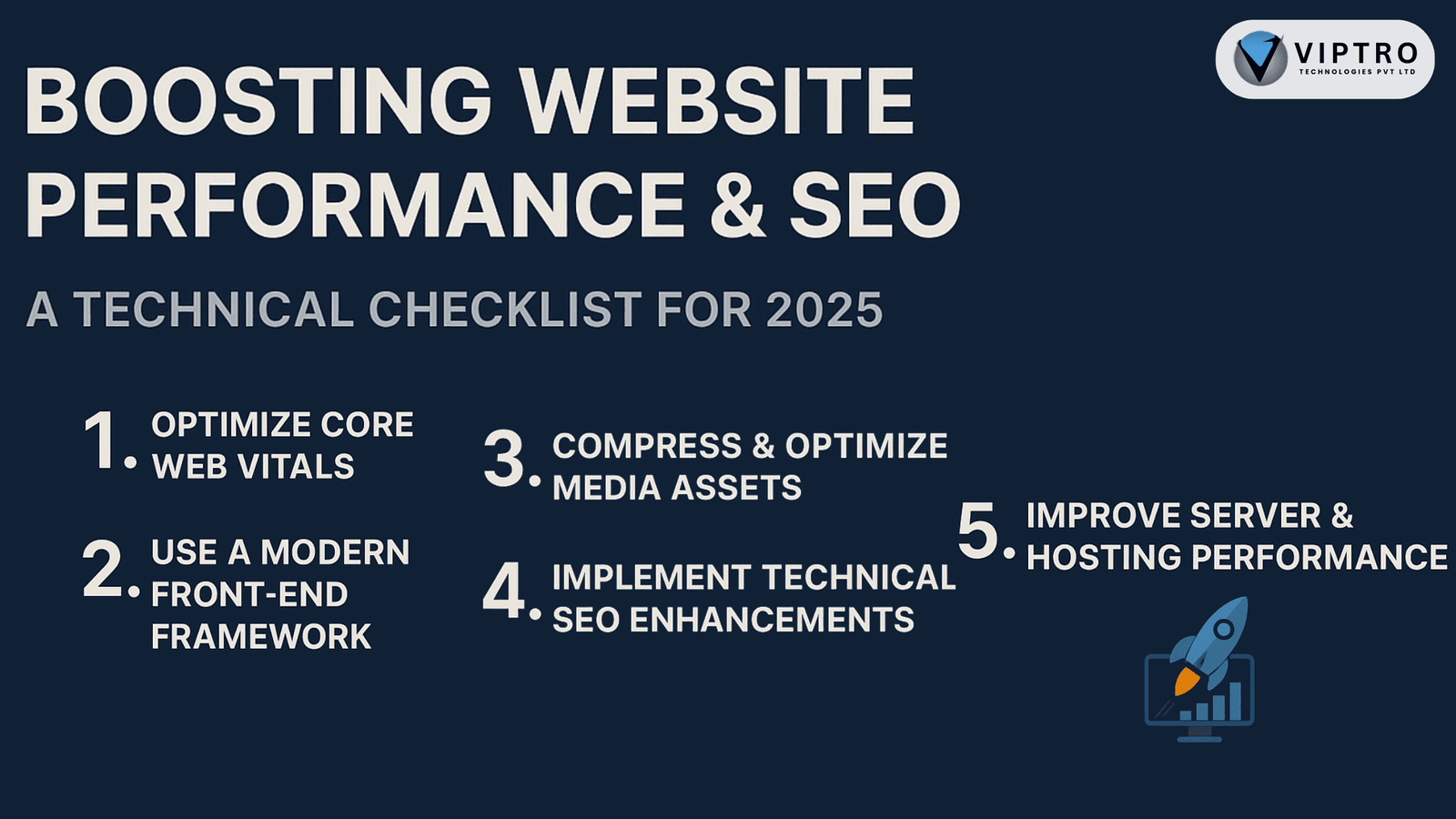SEO Simplified: Hacks to Boost Your Website’s Visibility
Search Engine Optimization (SEO) is about improving your website for users and search engines. It’s how you get your site to rank higher on platforms like Google, ensuring your audience can find you when searching online. Here are some practical tips to enhance your SEO strategy and get the results you want:
1. Optimize Your Website’s Page Speed
Page speed matters—a slow-loading website drives users away and hurts your rankings. Improving your site’s loading time not only keeps visitors happy but also signals search engines that your site is user-friendly.
How to Boost Page Speed:
- Use a Content Delivery Network (CDN): Services like Cloudflare or MaxCDN can help distribute your content globally, reducing load times.
- Compress Images: Tools like TinyPNG or ImageOptim shrink image sizes without losing quality.
- Minify Code: Optimize your HTML, CSS, and JavaScript files using tools like Gzip or Brotli.
- Choose Reliable Hosting: A fast web hosting service ensures quicker load times.
2. Focus on Long-Tail Keywords for SEO
Long-tail keywords are specific phrases people search for, like “affordable vegan restaurants in Los Angeles.” They’re less competitive and more likely to attract the right audience.
Tips for Using Long-Tail Keywords:
- Research them using tools like Google Keyword Planner or Ahrefs.
- Naturally integrate them into your content, including titles, headings, and body text.
- Add them to meta titles and descriptions for better search engine visibility.
3. Make Your Site Mobile-Friendly
A mobile-responsive website is non-negotiable. Since most users browse on their phones, a site that adapts to different screen sizes will perform better in search rankings.
How to Optimize for Mobile:
- Test your site using Google’s Mobile-Friendly Test.
- Use responsive web design to ensure your layout adjusts seamlessly.
- Simplify content for mobile screens by optimizing images, videos, and text.
4. Leverage Internal Linking
Internal linking connects your website’s pages, helping visitors navigate easily and search engines understand your content structure.
Internal Linking Best Practices:
- Maintain a consistent linking structure.
- Provide links to pages like blogs or product pages.
- Use descriptive anchor text containing your target keywords.
5. Optimize Images for SEO
Images play a huge role in user experience but can slow your site if not optimized. Proper image SEO improves page speed and makes your content more accessible.
Tips for Image Optimization:
- Compress images with tools like TinyPNG.
- Add descriptive alt tags using relevant keywords.
- Use image sitemaps to help search engines index your visuals.
6. Tap Into Social Media
Social signals—likes, shares, and comments—can drive traffic to your website, indirectly boosting your search rankings.
How to Maximize Social Signals:
- Sharing your content on social media platforms example Facebook, Twitter, and LinkedIn.
- Using hashtags and tags you can reach your target audience.
- Encourage engagement by hosting contests or giveaways.
- Optimize your profiles with relevant keywords and professional visuals.
7. Guest Blogging for SEO
Contributing content to other websites in your industry can increase your visibility and build backlinks to your site.
Steps for Effective Guest Blogging:
- Find websites that matches your niche and accept guest posts.
- Write high-quality, valuable content.
- Insert a link to your website in the authors bio section
- Respond to comments to be connected to your audiences.
- List Your Business in Online Directories
Online directories increase your visibility and provide another avenue for potential customers to find you.
How to Get Listed:
- Research reputable directories in your industry.
- Create accurate listings with your business details.
- Verify and update your listings regularly.
9. Use FAQ Schema Markup
Adding FAQ schema to your website helps search engines understand your content and may earn you a featured snippet in search results.
How to Implement FAQ Schema:
- Create a FAQ section on your website addressing common customer questions.
- Use schema markup to structure the questions and answers for search engines.
- Use tools like Google’s Structured Data Testing, to test your markup.
10. Repurpose Your Content For better SEO
Turn old content into new formats to reach more audiences. For example, a blog post can become a video, infographic, or podcast.
How to Repurpose Content:
- Identify popular or evergreen content on your site.
- Transform it into new formats.
- Optimize the new content with relevant keywords.
- Promote it across multiple channels to attract fresh traffic.
By applying these SEO strategies, you can improve your rankings, attract more traffic, and create a better experience for your audience. Keep your content authentic, valuable, and audience-focused for lasting success.




